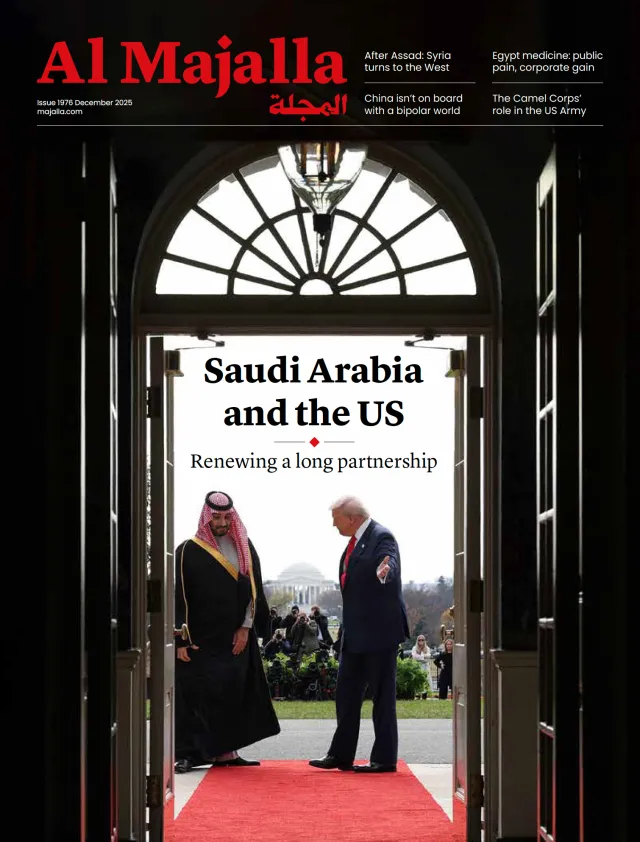Every parent knows the joy of welcoming a new baby into the world—and the fear that something might go wrong. Sadly, for too many families in the Middle East, those fears become reality.
Last year alone, nearly 800,000 children died before their fifth birthday. Six out of ten didn’t even survive their first month of life. These were not mysterious illnesses or unavoidable tragedies. Most of these young lives were lost to preventable causes—complications of preterm birth, unsafe deliveries, and infections we already know how to treat.
That is why this year’s World Patient Safety Day theme—Safe Care for Every Newborn and Every Child—feels so urgent. As a paediatrician and a mother, I cannot accept that unsafe care continues to rob families of their children when we already have the solutions to save them.
Four key vulnerabilities
Children are especially vulnerable in health care for four simple reasons. They are still developing, and at each stage of growth, they face new risks. They are dependent, unable to speak up or protect themselves. Their health problems are different—newborn infections are not the same as adolescent injuries. And their circumstances matter: children born into poverty, conflict, or displacement face far greater risks than those born into stability and privilege.
Nowhere is this more visible than in the Middle East, where conflict and humanitarian crises disrupt health systems, overwhelm facilities, and cause shortages of skilled staff and essential supplies. These conditions amplify the risk of unsafe practices, treatment delays, and preventable harm—especially for newborns and children.




